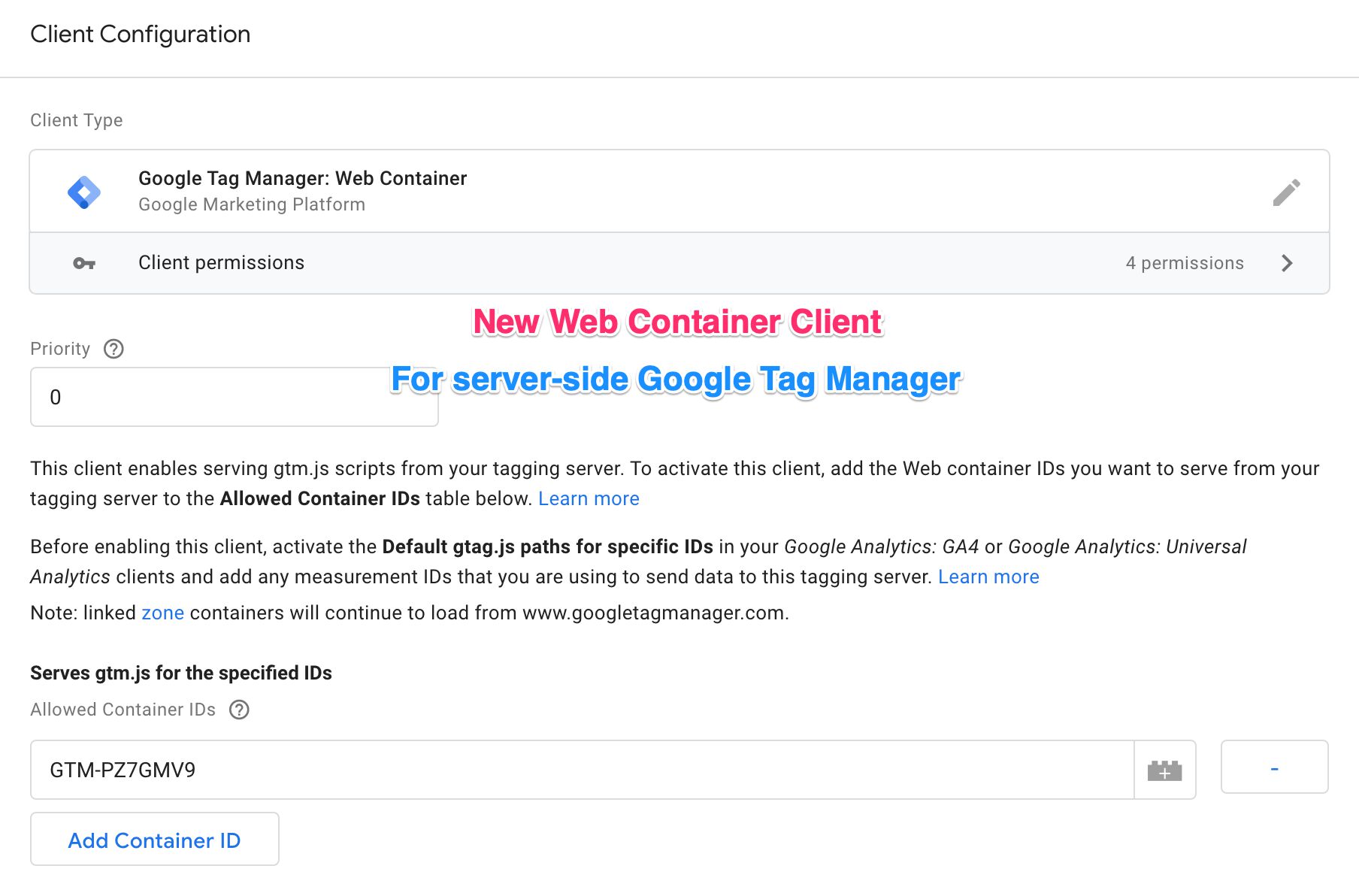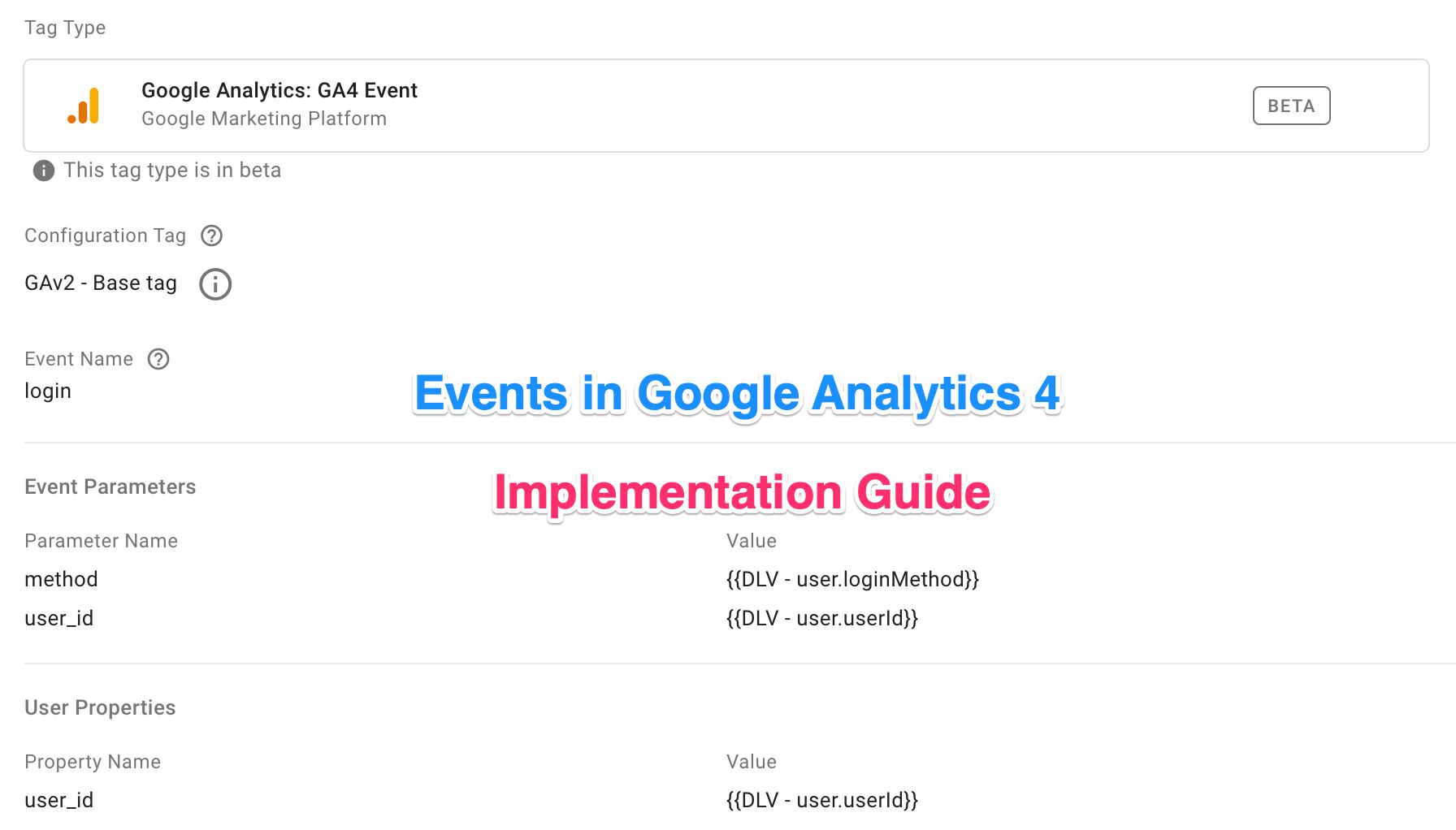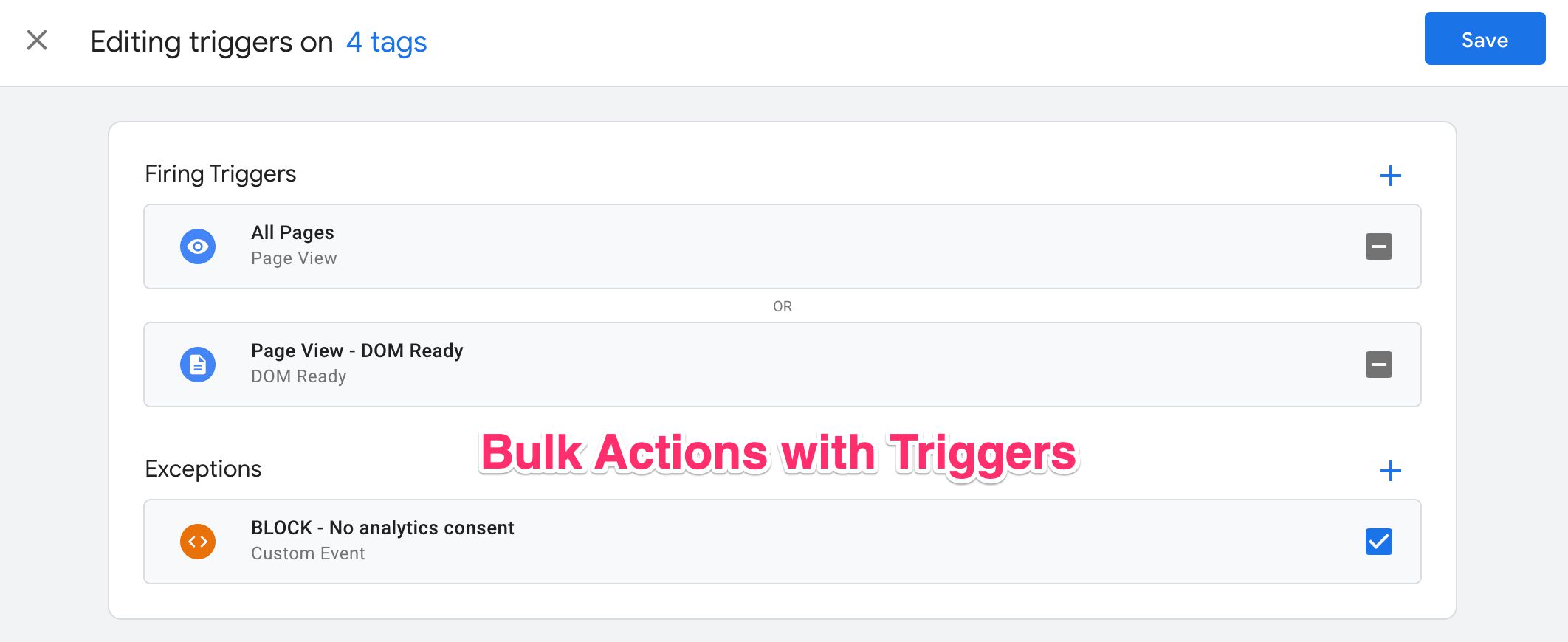This will likely be the shortest blog article I have ever written, but I have just one short thing to say:
SIMMER IS LIVE!
Simmer is a new online course platform, where we bring technical marketing courses to your computer (or mobile device) screen with a straightforward, task-based approach.
Our first class is aptly Server-side Tagging In Google Tag Manager, and it is open for enrollment right now, all the way until March 14th.







